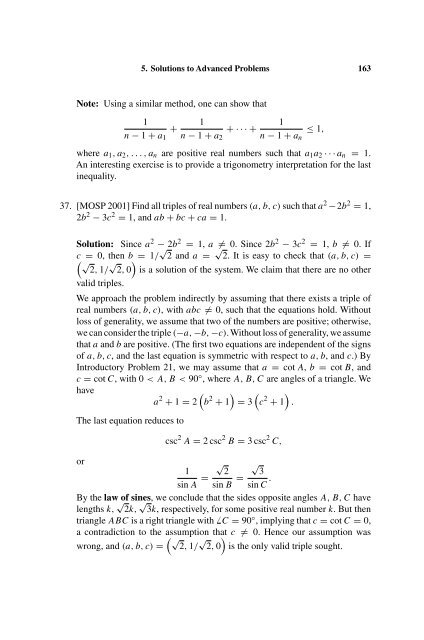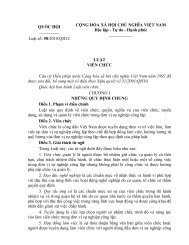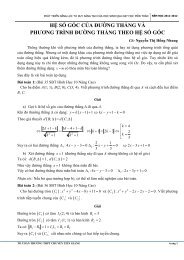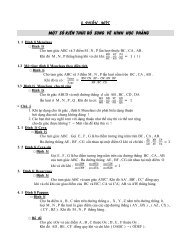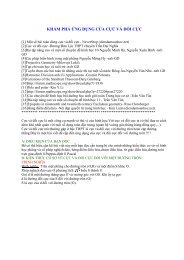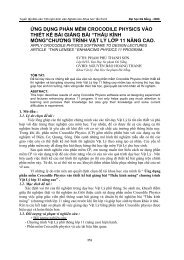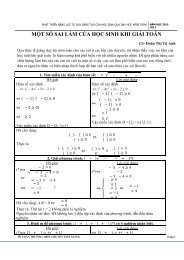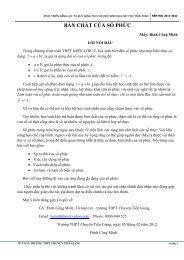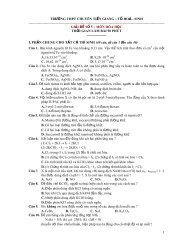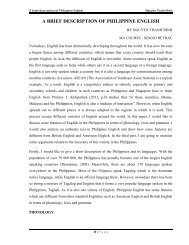103 Trigonometry Problems
103 Trigonometry Problems
103 Trigonometry Problems
Create successful ePaper yourself
Turn your PDF publications into a flip-book with our unique Google optimized e-Paper software.
5. Solutions to Advanced <strong>Problems</strong> 163<br />
Note: Using a similar method, one can show that<br />
1<br />
n − 1 + a 1<br />
+<br />
1<br />
n − 1 + a 2<br />
+···+<br />
1<br />
n − 1 + a n<br />
≤ 1,<br />
where a 1 ,a 2 ,...,a n are positive real numbers such that a 1 a 2 ···a n = 1.<br />
An interesting exercise is to provide a trigonometry interpretation for the last<br />
inequality.<br />
37. [MOSP 2001] Find all triples of real numbers (a,b,c)such that a 2 −2b 2 = 1,<br />
2b 2 − 3c 2 = 1, and ab + bc + ca = 1.<br />
Solution: Since a 2 − 2b 2 = 1, a ̸= 0. Since 2b 2 − 3c 2 = 1, b ̸= 0. If<br />
c = 0, then b = 1/ √ 2 and a = √ 2. It is easy to check that (a,b,c) =<br />
( √2,<br />
1/<br />
√<br />
2, 0<br />
)<br />
is a solution of the system. We claim that there are no other<br />
valid triples.<br />
We approach the problem indirectly by assuming that there exists a triple of<br />
real numbers (a,b,c), with abc ̸= 0, such that the equations hold. Without<br />
loss of generality, we assume that two of the numbers are positive; otherwise,<br />
we can consider the triple (−a,−b, −c). Without loss of generality, we assume<br />
that a and b are positive. (The first two equations are independent of the signs<br />
of a,b,c, and the last equation is symmetric with respect to a,b, and c.) By<br />
Introductory Problem 21, we may assume that a = cot A, b = cot B, and<br />
c = cot C, with 0


